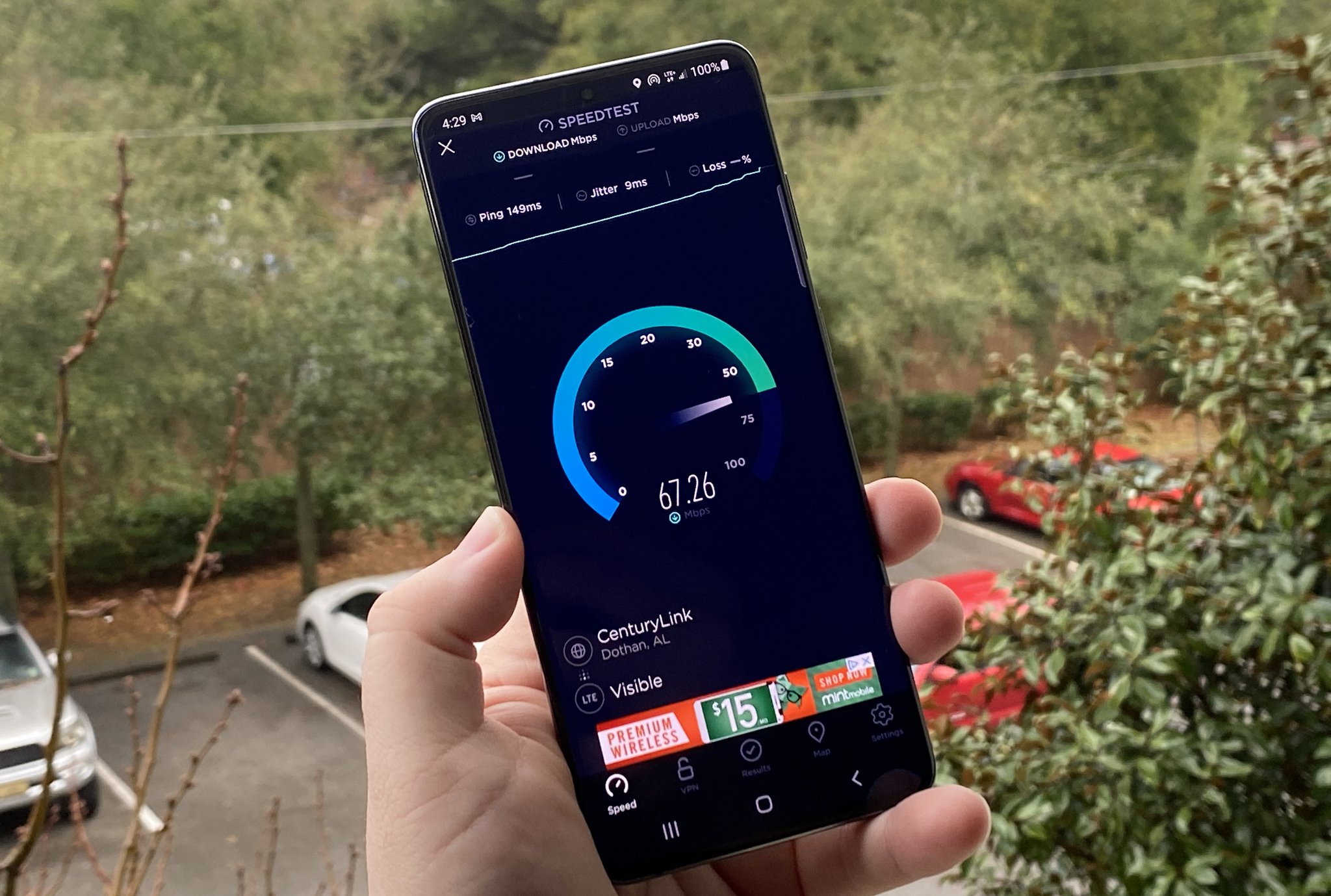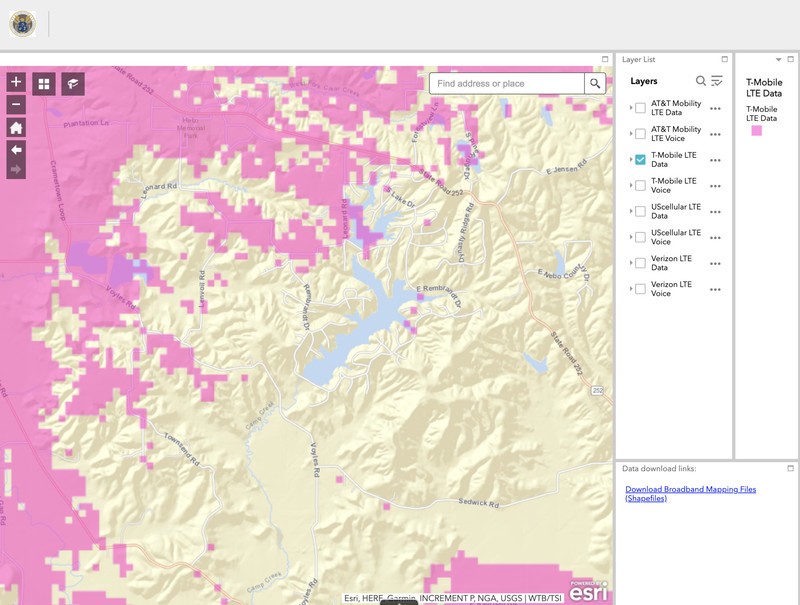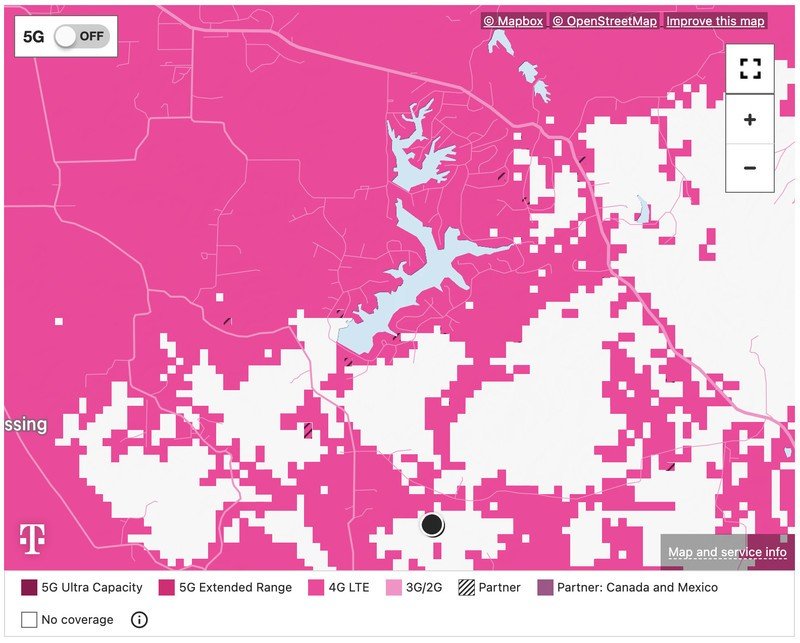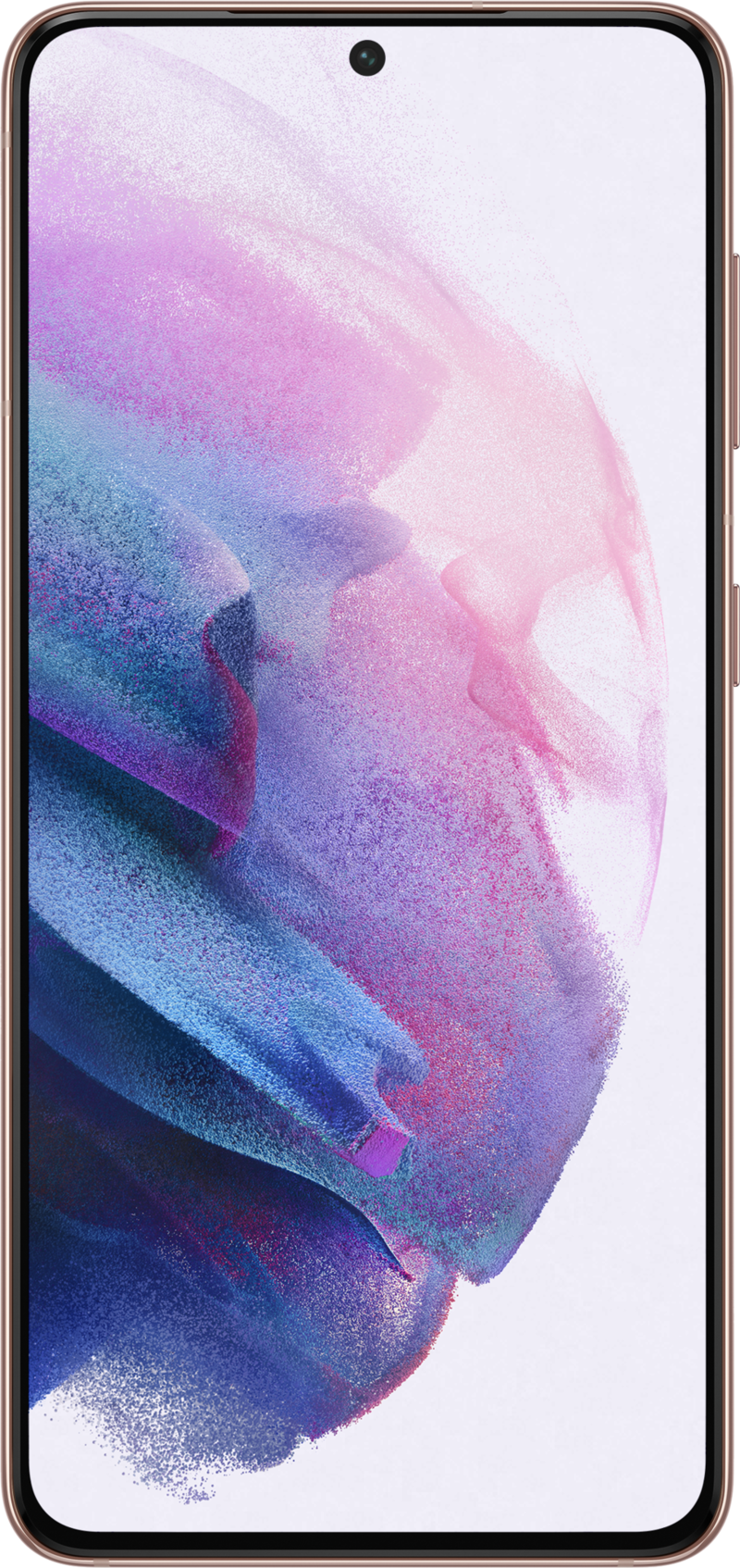The FCC's new LTE coverage map lets you see how the biggest US carriers stack up

What you need to know
- The FCC has released a map with LTE coverage for each carrier based on the same standards.
- The coverage map is limited to LTE data and voice with no 3G or 5G included.
- The map is current as of May 15, 2021.
Comparing the coverage between the different carriers can be tough with different map controls, confusing legends, and different rules for what's considered coverage on each. As spotted by SlashGear the Federal Communications Commission (FCC) has released its own map with the four largest carriers in the U.S. shown.
This coverage map contains self-reported LTE coverage data from AT&T, T-Mobile, UScellular, and Verizon with LTE data and voice listed separately. Coverage can be overlaid on various base maps, including OpenStreetMaps and a topographical map which can reveal some interesting coverage characteristics.
This data is current as of May 15, 2021, and has not been updated with any new coverage information. This is important to remember as all of these carriers are in the middle of network and equipment upgrades in preparation for 5G deployment. Another thing to keep in mind with this map is that it doesn't include 3G or 5G data. T-Mobile and AT&T both use low-band 5G that can offer greater 5G coverage than LTE in some areas. Still, this LTE data can be great for showing customers what kind of coverage they can be sure of.
As mentioned by SlashGear, this map is made up of data reported under the standards of the Broadband DATA Act, which means coverage will be shown in an equal manner between carriers. Each carrier maintains its own coverage map and may be inclined to overestimate the abilities of its network. This can include things like T-Mobile's 600MHz band, which isn't supported by older phones, or carriers often setting a lower bar for what is actually considered coverage.


The map is an important resource to users because it finally puts carriers' claims against each other in one convenient place. It's helpful when shopping for the best cell phone plan since carriers should to not only offer the features you need but sufficient coverage in all the places you go.
This map also makes it easy to check and see if another carrier would work better for you. UScellular, for example, has great coverage in a few states, with roaming available for traveling. If you only pay attention to the big three, you may have missed a great option.
Get the latest news from Android Central, your trusted companion in the world of Android

When Samuel is not writing about networking or 5G at Android Central, he spends most of his time researching computer components and obsessing over what CPU goes into the ultimate Windows 98 computer. It's the Pentium 3.


